The best telephoto lenses for Сanon at an affordable prices.
Telephoto lenses for Canon are the best choice to pick out distant objects. Therefore, most shooters choose them for sports and wildlife photography. However, it doesn’t mean that they are not suitable for any other genre.
They show decent performance in other types of photography. For instance, thanks to the ability to produce different perspectives without wide-angle distortion, they are great for portraits.
The post below describes the best telephoto lenses for Canon. I have compared their features and prices and are ready to share the results with you. Read on and you will find a perfect fit for your camera. This list includes completely different options, from compact to powerful super-telephoto ones.
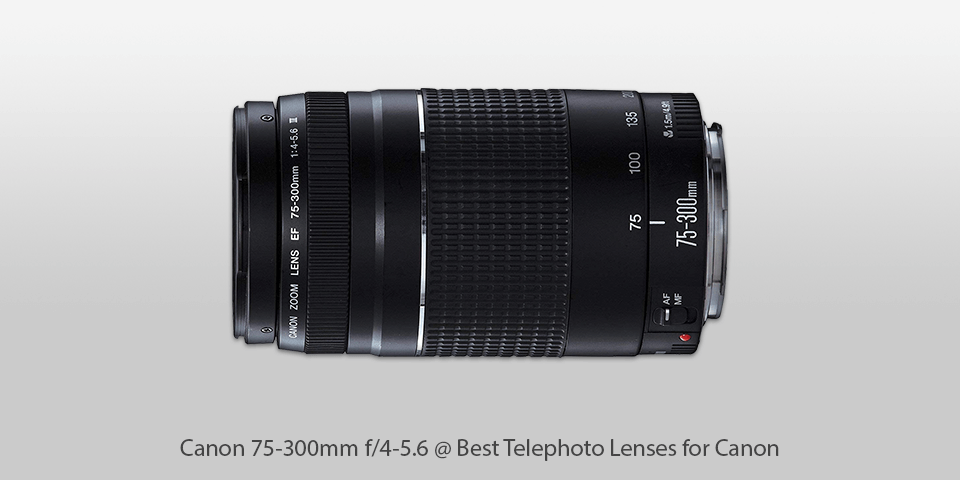
Mount: Canon EF | Diaphragm blades: 7 | Autofocus: Yes | Min focus distance: 1.5m | Max magnification: 0.25x | Filter thread: 58mm | Dimensions (WxL): 122x71mm | Weight: 480g
⊕ Integrated autofocus
⊕ Covers a full-frame sensor
⊕ Great focal range
⊕ Compatible with all sensor types
⊖ Not weather-sealed
⊖ The lens extends while focusing
The first and the most essential benefit of this Canon EF telephoto lens is that it is can be used with full-frame and APS-C format DSLRs. It will come in handy in sports and wildlife photography, portraiture, etc. These optics are compact and lightweight.
Thanks to a Super Spectra coating applied to individual elements, lens flare and ghosting have been reduced. It accounts for high contrast and accurate colors. Finally, a seven-blade diaphragm guarantees smooth and pleasing bokeh.
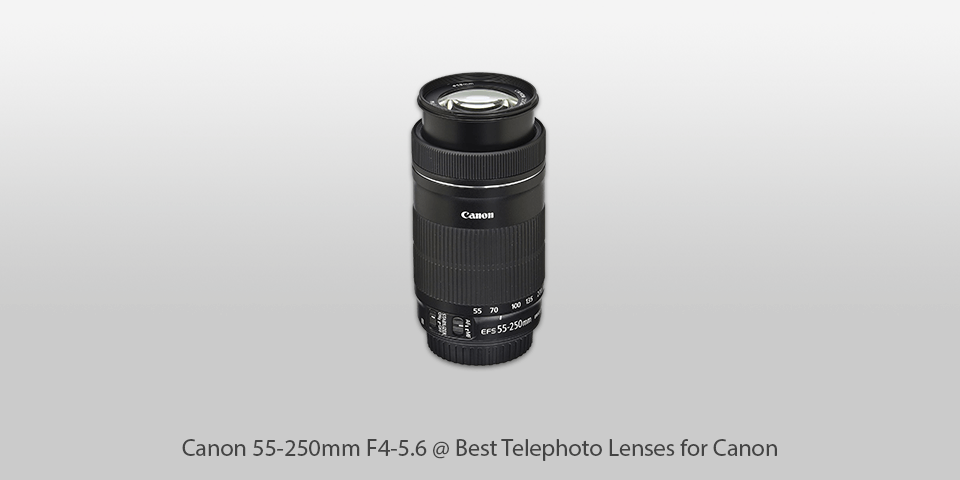
Mount: Canon EF-S | Diaphragm blades: 7 | Autofocus: Yes | Min focus distance: 1.1m | Max magnification: 0.31x | Filter thread: 58mm | Dimensions (WxL): 70x108mm | Weight: 390g
⊕ Impressive sharpness
⊕ Lightweight
⊕ Quick focus
⊕ Effective IS
⊖ Plastic lens mount
⊖ Costly
If you are looking for the most compact and lightweight optics to fit your camera, it is an ideal option. It features Canon’s Optical Image Stabilizer technology that creates an effect equivalent to a shutter speed about 4 stops faster than the same size lens without the Stabilizer.
What is more, this Canon telephoto lens comes at an affordable price and delivers excellent performance. This lens is a perfect combination of a budget price and premium performance. It offers excellent sharpness in the center of the frame for much of the zoom range. This feature can be found in more expensive lenses.
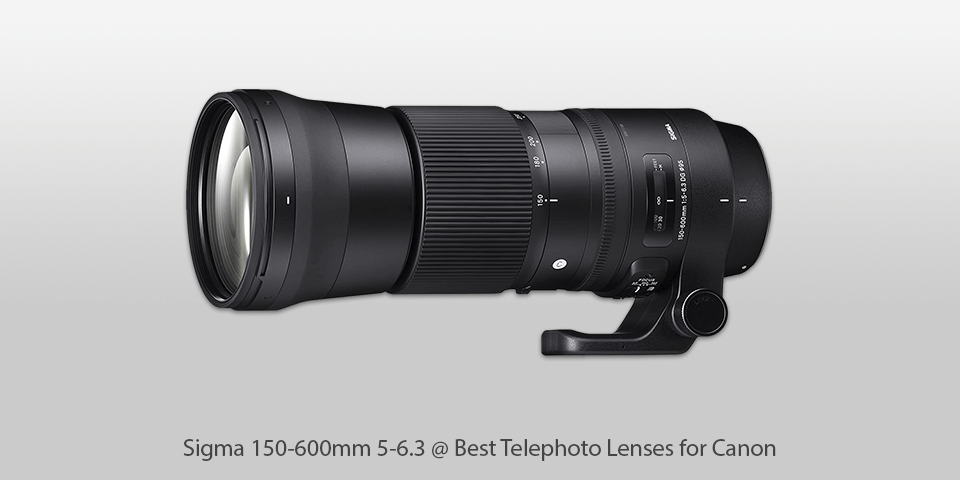
Mount: Canon EF, Nikon F (FX), Sigma SA Bayonet, Sony/Minolta Alpha | Diaphragm blades: 9 | Autofocus: Yes | Min focus distance: 2.8m | Max magnification: 5x | Filter thread: 95mm | Dimensions (WxL): 105x260mm | Weight: 1930g
⊕ Build quality
⊕ Fast and silent focus motor
⊕ Excellent sharpness
⊕ Easy-to-customize
⊕ Affordable
⊖ Heavy
⊖ Vignetting
⊖ External barrel zooming, length
Although it is a budget option, it offers numerous impressive features. It has three focus modes including MO that allows switching the lens to manual focusing by twisting the focus ring, a dual-mode optical stabilizer for static and panning shots, a three-pole autofocus limiter switch that locks either the short or long end of the range.
Two custom modes can be set up via Sigma’s optional USB Dock. This budget telephoto lens for Canon has a solid and heavy body but, at the same time, it is easy to manage even when used hand-held.
I was impressed by its overall performance and focus. To make this lens even better, manufacturers need to reduce vignetting and improve an internal zooming lens.
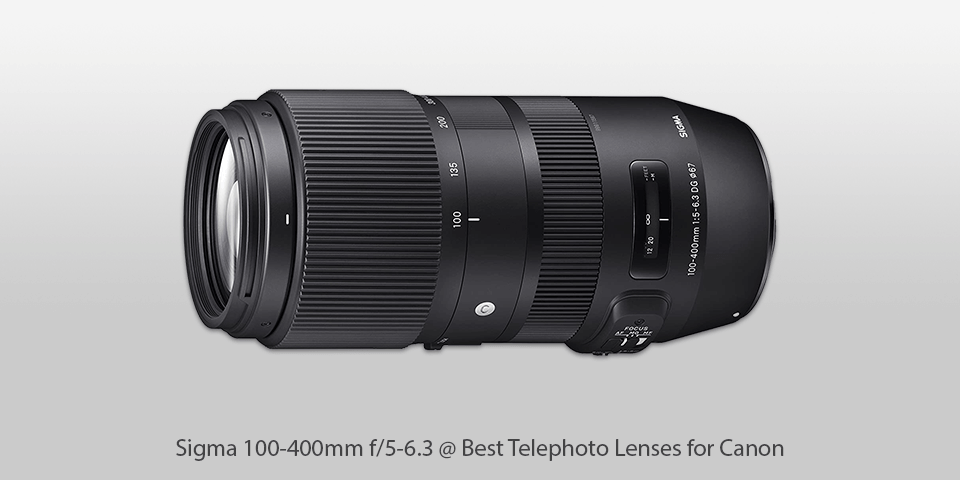
Mount: Canon EF, Nikon F (FX), Sigma SA Bayonet | Diaphragm blades: 9 | Autofocus: Yes | Min focus distance: 0.16m | Max magnification: 0.26x | Filter thread: 67mm | Dimensions (WxL): 86x182mm | Weight: 1160g
⊕ Impressive image quality
⊕ Optical stabilization
⊕ Full-frame coverage
⊕ Compatible with multiple systems
⊕ Compact and lightweight design
⊖ Weak edge performance at 100mm
⊖ Vignette at maximum aperture
⊖ Slight distortion
This lens is an ideal combination of compactness and affordability. It is the lightest Canon telephoto lens in its category. Its body is made of black polycarbonate with white lettering.
The lens comes with a rubberized zoom ring and a textured manual focus ring. It’s known for decent picture quality and lens speed. A camera with good high ISO performance will work great with it. In general, it’s one of the best telephoto lenses for Canon, as it is a more compact and lighter than similar alternatives.
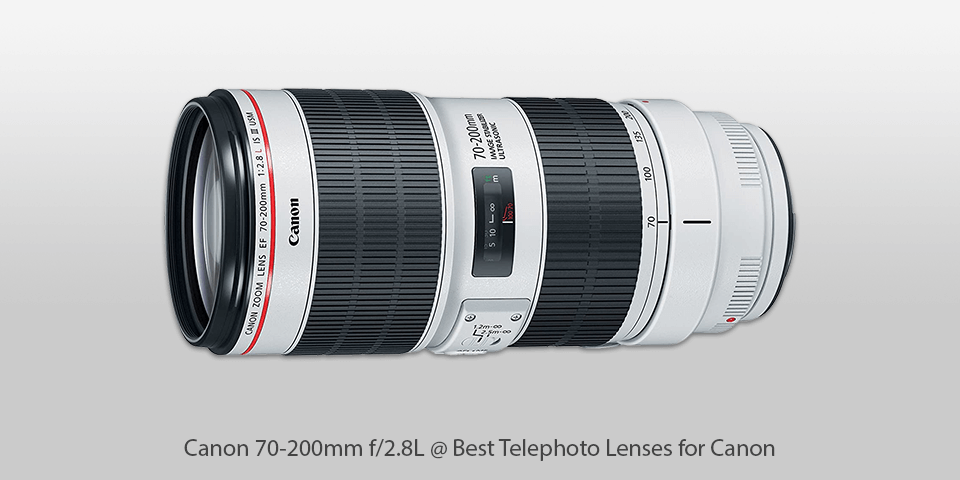
Mount: Canon EF | Diaphragm blades: 8 | Autofocus: Yes | Min focus distance: 1.2m | Max magnification: 0.3x | Filter thread: 77mm | Dimensions (WxL): 89x199mm | Weight: 1440g
⊕ Excellent sharpness from edge to edge
⊕ Premium build quality
⊕ Dust and moisture protection
⊕ Fluorine lens coating
⊕ Image stabilization
⊖ Very similar to a previous model
⊖ Slight distortion
Although it is considered to be an improved version of the previous model, it still has the same 23 elements in a 19-group optical design and 3.5-stop image stabilization system. However, it is enhanced with Air Sphere Coating and a fluorine coating on front and rear elements.
Moreover, this Canon telephoto lens is the sharpest option among 70-200mm models I have tested. CA tolerance is very good, distortion is low and corner shading is very low. The lens offers excellent autofocus performance and boasts a premium built quality. This Canon EF telephoto lens is definitely worth the money you pay.
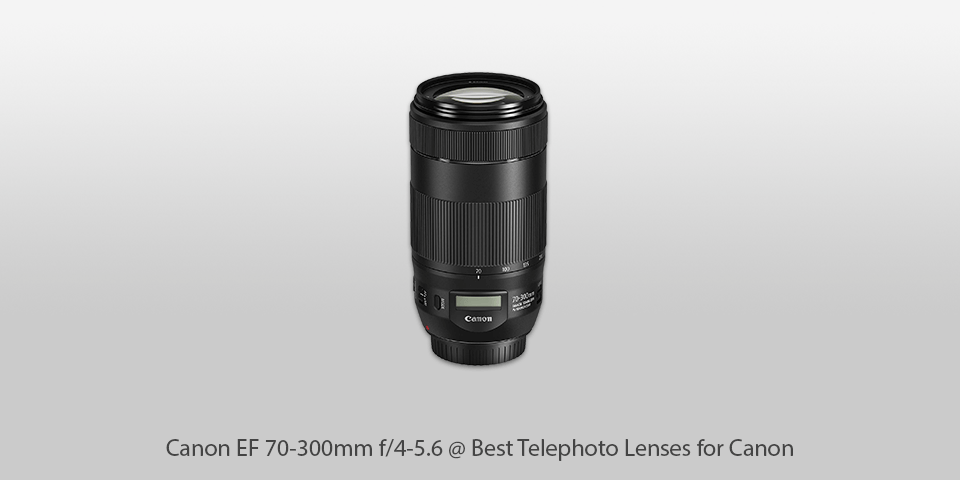
Mount: Canon EF | Diaphragm blades: 8 | Autofocus: Yes | Min focus distance: 1.5m | Max magnification: 0.26x | Filter thread: 58mm | Dimensions (WxL): 77x143mm | Weight: 630g
⊕ Fast autofocus
⊕ Image stabilization
⊕ Decent build quality
⊕ Great portability and image quality
⊖ Hood costs £75 extra
⊖ The lens mount is not weather-sealed
The EF 70-300mm f/4-5.6 IS II USM is a mid-range telephoto zoom lens for Canon. It is a perfect combination of the optical image stabilization and fast and silent Nano USM motor for autofocus. It is compatible with cameras featuring crop and full-frame sensors. You can also use it with Canon’s mirrorless EOS M series cameras.
For a relatively low price, you get a 70-300mm Canon telephoto lens that strikes the perfect balance between price and performance. Even if you already have a premium telephoto lens, it wouldn’t hurt to get lightweight, budget optics for everyday use.
| Image | Name | Features | |
|---|---|---|---|
 |
Canon 75-300mm f/4-5.6
Our Choice |
CHECK PRICE→ | |
 |
Canon 55-250mm F4-5.6
Budget |
CHECK PRICE → | |
 |
Sigma 150-600mm 5-6.3
Full Set |
CHECK PRICE → |
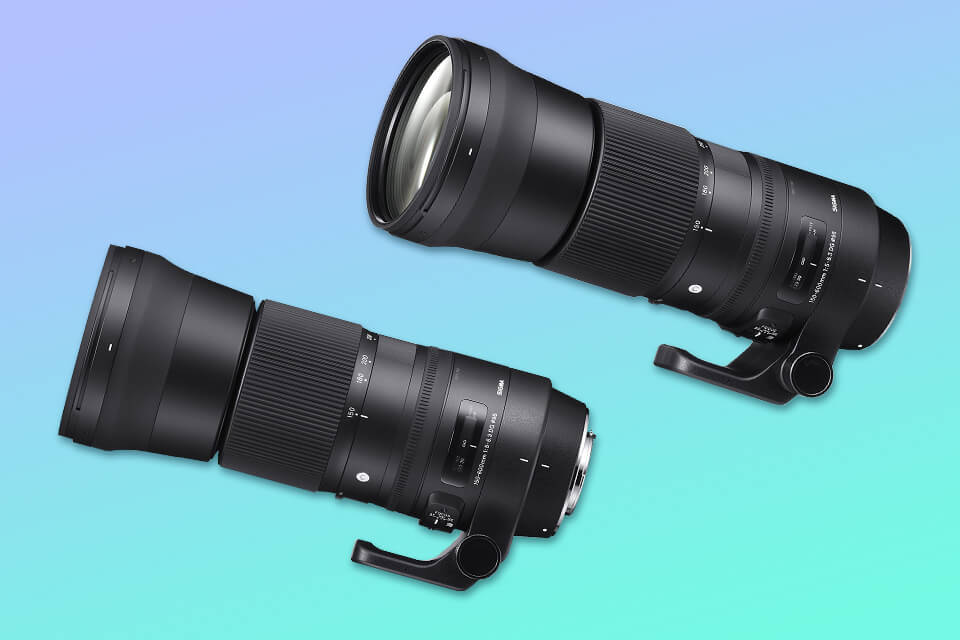
There are two types of Canon camera telephoto lenses, prime and zoom ones. A prime lens has a fixed focal length while zooms work over a range. Such lenses are faster and let in more light.
However, they are not as flexible as zoom lenses. In general, choosing between prime and zoom lenses, you should consider your shooting style.
Today almost all DSLR cameras feature optical image stabilizers, but developers continue producing lenses with stabilization systems.
When the elements in the lens are moved, it reduces camera shake. However, you will not find Olympus, Pentax or Sony lenses with stabilization, because these manufacturers produce camera bodies with integrated image stabilization systems.
This feature is very important for those who work in extreme conditions. Mind that the more expensive the lens is, the better its build quality.
Moreover, such optics are resistant to severe weather conditions. Weatherproof lenses let less dust into your camera; consequently, the sensor will serve you longer.
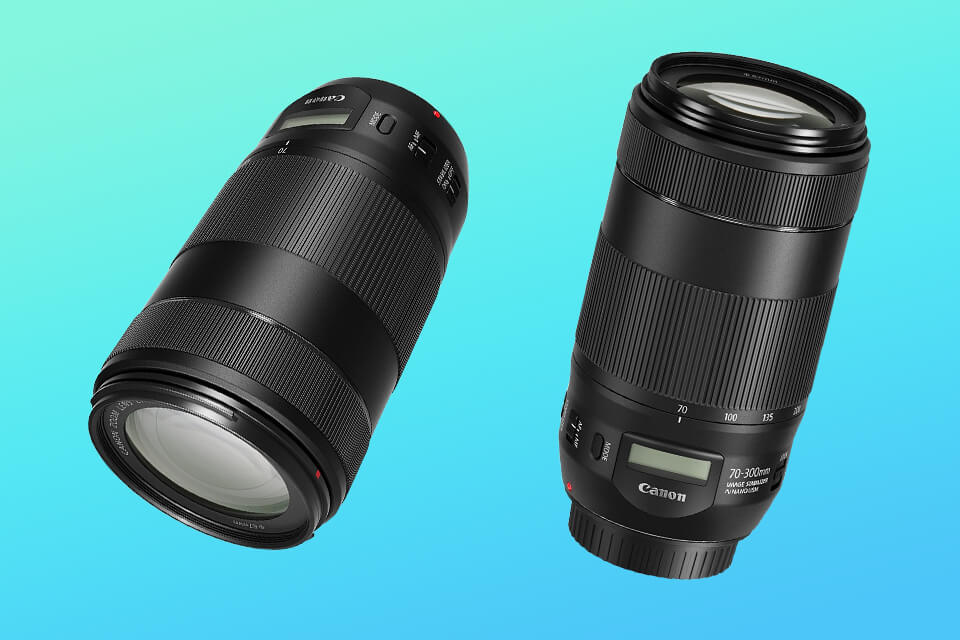
What does the term “image quality” mean? In general, it is when you get sharp images free from chromatic aberrations, color fringing and barrel distortion from corner to corner at all aperture ranges of the lens. As you have probably guessed, the more expensive a lens is, the better quality it provides.
A Canon telephoto lens allows capturing objects that are farther away. It is very convenient when you can’t or don’t want to come close to a model or subject. What is more, some people feel more relaxed in front of the camera when a photographer is not very close.
If you have a full-frame camera, the best budget variant is a 70-300mm telephoto zoom with a variable aperture rating.
It’s the Canon EF 800mm f/5.6L IS USM Super Telephoto Lens for Canon Digital SLR Cameras.
Zoom lenses allow changing the focal length. By adjusting it, you will look at things closer up or further away. Telephoto lenses feature a relatively narrow field of view, so they are used to capture faraway subjects.

 Rating
Rating